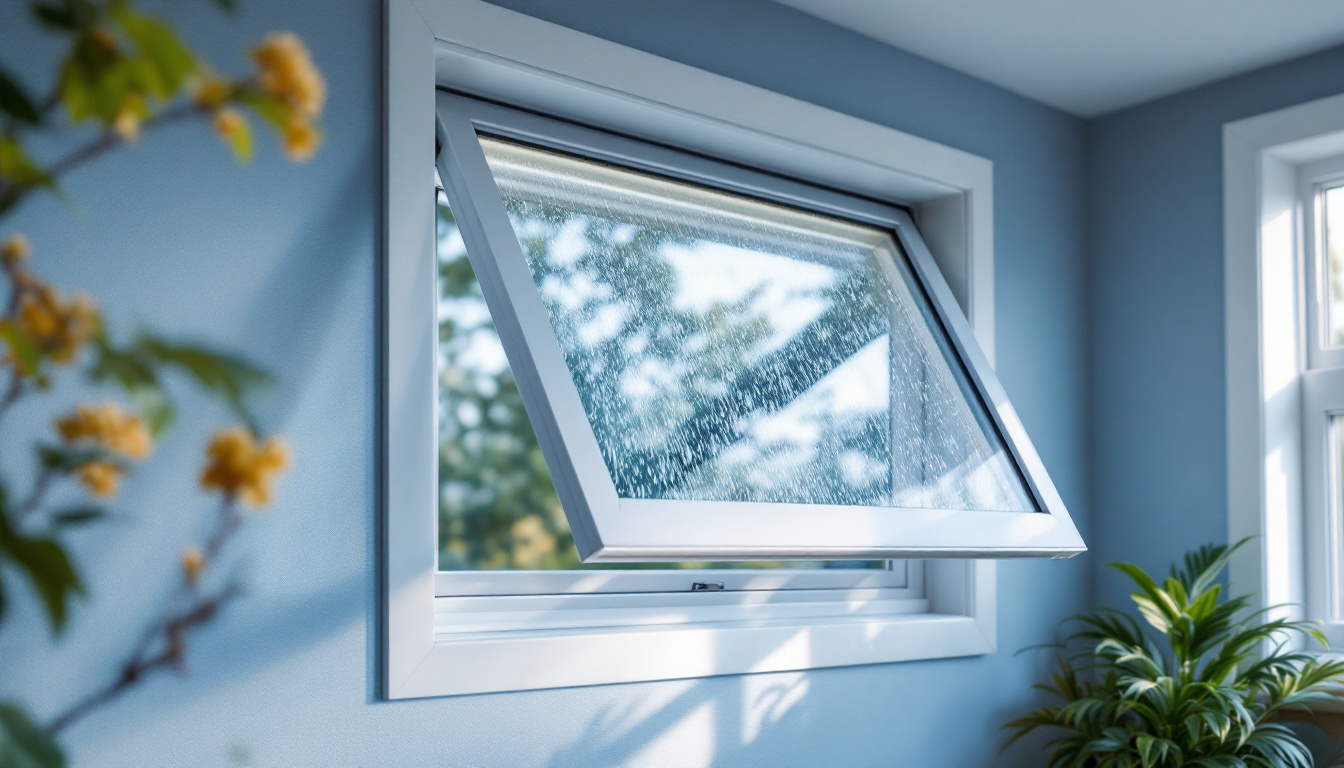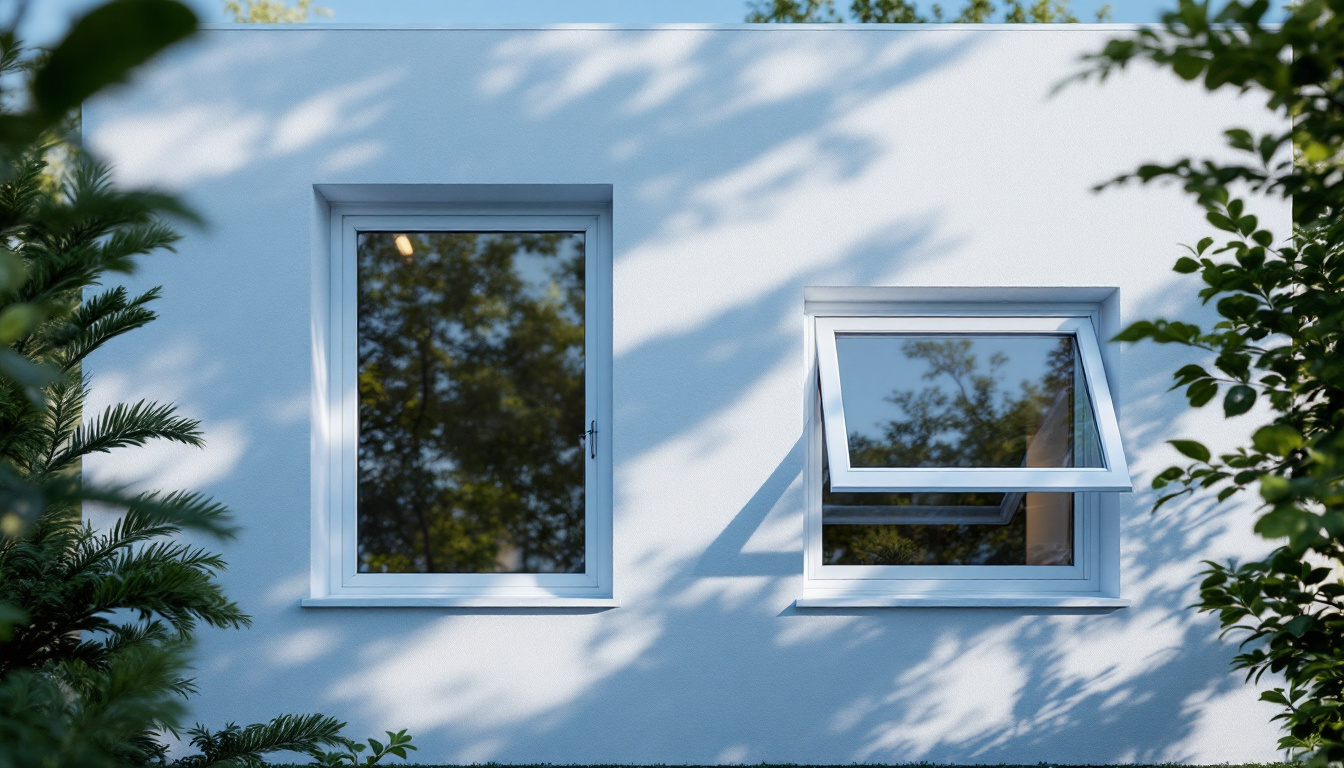When it comes to enhancing the beauty and efficiency of your home, choosing the right type of window is crucial. Among the popular options available, casement and awning windows stand out for their unique designs and functional benefits. This article delves into the key differences between these two window styles, helping homeowners make informed decisions that align with their aesthetic preferences and energy efficiency goals.
Understanding Casement Windows
Casement windows are hinged on one side and open outward, typically operated by a crank mechanism. This design allows for maximum ventilation and unobstructed views, making them a popular choice for many homeowners.
Design Features of Casement Windows
Casement windows are characterized by their sleek, modern appearance. They can be customized in various sizes and finishes, allowing homeowners to match them with their home’s architectural style. Here are some notable design features:
- Hinged Operation: The side hinge allows for easy opening and closing, providing excellent airflow.
- Unobstructed Views: With no central frame blocking the view, casement windows offer a clear line of sight to the outdoors.
- Versatile Styles: Available in various materials, including wood, vinyl, and aluminum, casement windows can complement any home design.
Energy Efficiency of Casement Windows
One of the standout features of casement windows is their energy efficiency. When closed, they create a tight seal that minimizes air leakage, which is essential for maintaining indoor temperatures.
- Superior Insulation: The design of casement windows allows for better insulation compared to traditional sliding windows.
- Low-E Glass Options: Many casement windows come with Low-E glass, which reflects heat and reduces energy costs.
- Enhanced Ventilation: The outward opening design allows for better airflow, reducing the need for air conditioning during mild weather.
Exploring Awning Windows
Awning windows are similar to casement windows but are hinged at the top and open outward from the bottom. This design is particularly effective for allowing ventilation while keeping rain out, making them a practical choice for various climates.
Design Features of Awning Windows
Awning windows offer a unique aesthetic that can enhance the overall look of your home. Here are some key design features:
- Top-Hinged Operation: The top hinge allows the window to open outward, creating an awning effect that protects against rain.
- Increased Privacy: Awning windows can be placed higher on walls, providing ventilation without compromising privacy.
- Customizable Options: Like casement windows, awning windows can be customized in various materials and finishes to suit your home’s style.
Energy Efficiency of Awning Windows
Awning windows are also known for their energy efficiency, particularly in rainy climates. Their design helps to keep water out while allowing fresh air in.
- Weather Resistance: The awning design prevents rain from entering the home, making them ideal for wet climates.
- Effective Ventilation: They can be left open during light rain, allowing for continuous airflow without compromising indoor comfort.
- Energy-Saving Features: Many awning windows are available with energy-efficient glass options, further enhancing their performance.
Comparing Casement and Awning Windows
While both casement and awning windows offer unique benefits, understanding their differences can help homeowners choose the right option for their needs.
Ventilation and Airflow
Both window types provide excellent ventilation, but their designs cater to different preferences:
- Casement Windows: Open fully outward, allowing for maximum airflow and unobstructed views.
- Awning Windows: Open from the bottom, providing ventilation while keeping rain out, making them suitable for wet conditions.
Installation Considerations
Installation can vary based on the window type and the specific requirements of your home:
- Casement Windows: Require sufficient space to open fully, making them ideal for areas with ample exterior clearance.
- Awning Windows: Can be installed higher on walls, making them versatile for various architectural designs.
Cost and Maintenance
Cost and maintenance are important factors to consider when choosing between casement and awning windows:
- Casement Windows: Generally, they may have a higher initial cost due to their complex hardware but offer lower maintenance over time.
- Awning Windows: Typically more affordable, they also require regular cleaning to maintain their functionality and appearance.
Conclusion
Choosing between casement and awning windows ultimately depends on your specific needs, preferences, and the architectural style of your home. Both window types offer exceptional design and energy efficiency, making them excellent choices for enhancing your living space. By understanding their unique features and benefits, you can make an informed decision that will improve your home’s comfort, beauty, and value.
For personalized guidance and expert installation services, contact your local window specialists today. Transform your home with the perfect windows that reflect your style and meet your energy efficiency goals.
Ready to elevate your home with the ideal casement or awning windows? At Better Window and Door, we’re here to turn your vision into reality. Our experts are eager to provide you with personalized advice and a custom quote tailored to your home’s unique style and efficiency needs. Get a custom quote today, and let us help you enhance your living space with windows that perfectly blend form and function.






